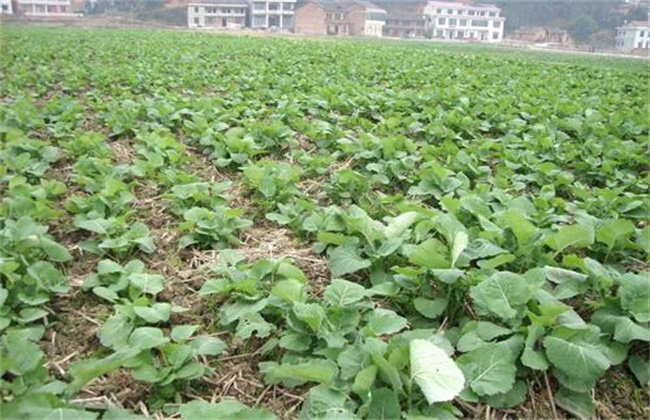Remedial measures after waterlogging of peanuts
Peanut is one of the most important economic crops in China, with a wide range of planting, but in the period of peanut planting, the occurrence of waterlogging caused serious economic losses. So what is the cause of peanut waterlogging? How can I fix it? Come and have a look with the editor.

1. The harm of peanut waterlogging
When peanuts can not grow without water, it is appropriate for the relative humidity of the soil to be 50%, 60% at the seedling stage, and when the soil humidity is higher than 90% or stagnant water, there is a lack of oxygen in the soil, and the respiration and absorption of peanut roots will be restrained, resulting in root dysplasia, weak aboveground growth, the formation of tall seedlings, high flowering nodes and low effective fruiting rate. The soil relative humidity at the lower needle stage of peanut flowering should be 60% Mel 70%. When the humidity is too high, it will not only be not conducive to the development of peanut pods, but also cause discoloration of peanut shells, reduce oil content, and even lead to pod mildew and deterioration, losing economic value.
2. Causes of waterlogging
The reasons for the waterlogging damage of peanuts are: first, the terrain is low-lying, the soil is sticky and heavy, and the excess water can not be discharged, resulting in stagnant water retting roots; second, in the season with long rainfall or excessive rainfall, the surface water and groundwater are too deep to be discharged in a short time. Peanuts like drought and are afraid of humidity, and rain and waterlogging have a great impact on its growth and development. After the premature senescence and waterlogging of peanuts, timely measures should be taken to reduce disaster and ensure yield.
3. Remedial measures
First of all, the stagnant water should be eliminated in time. According to the situation and topography of the field, mechanical drainage and trenching drainage can be used in this case to find ways to discharge the stagnant water in the field so as to reduce the time of stagnant water in the field as much as possible. When the soil water content is too high, the film should be broken in time to disperse soil moisture, so that the soil permeability is good, in order to reduce the phenomenon of rotten fruit. After the peanut is flooded, a large amount of soil nutrients are lost, and the root absorption capacity is weak. at this time, topdressing fertilizer is very beneficial to restore growth and increase yield of peanut. After waterlogging, high temperature and humidity, coupled with weak peanut growth, low resistance, all kinds of diseases and insect pests will occur, so timely investigation and reproduction are needed to control the spread of the disease.
The above is the introduction of remedial measures after peanut waterlogging. I hope it can help you. If you want to know more about it, please follow us.
Related
- The first cup of black tea in spring, the flavor and history of tea gardens in Kenya, Africa
- The computer can not only choose potatoes, but also grow tea rice. AI will grow winter oolong tea champion.
- It is not only the inflated tea bitten by insects, but also engraved with the four seasons tea in Beipu.
- The Oriental Beauty Tea Festival in Zhuxian County takes the stage at the weekend to experience the plus-size feast of oil tea.
- & quot; Oriental Beauty Tea & Exploration of Emei in Hsinchu, the hometown of quot;
- The new variety of strawberry "Tainong 1" dessert is the first choice with mellow aroma. Crimson gorgeous
- History of Tea in Taiwan: from Wild Inner Mountain to Export Tea Garden
- Two types of Taiwan Oriental Beauty Black Tea won the British three-Star Award for Childhood Tea Xiang Zhang Jiaqi changed from pilot to champion tea maker.
- Banana species and varieties: the planting history of Taiwan Xianren banana and dwarf banana is long, is banana disease resistant?
- Coffee planting Technology: Qianjie Coffee from Seedling to harvesting



